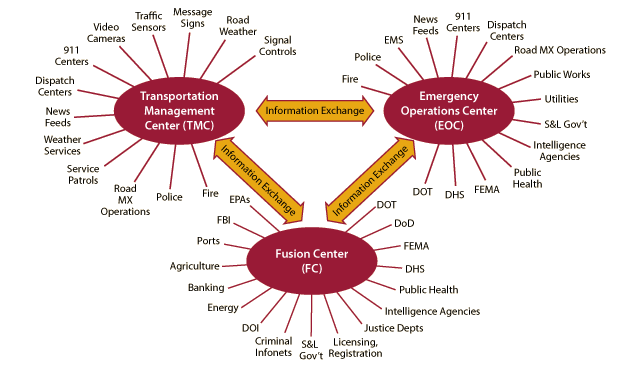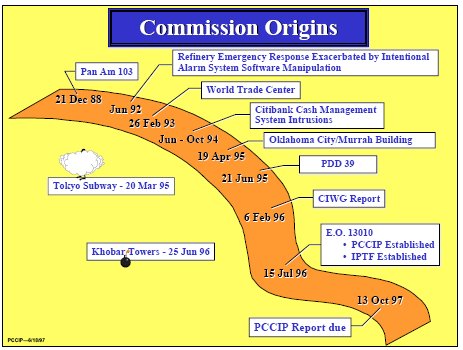Definitions.
Crisis Management includes measures to identify, acquire, and plan the use of resources needed to anticipate, prevent, and/or resolve a threat or act of terrorism. The laws of the United States assign primary authority to the Federal Government to prevent and respond to acts of terrorism; State and local governments provide assistance as required. Crisis management is predominantly a law enforcement response.
Consequence Management includes measures to protect public health and safety, restore essential government services, and provide emergency relief to governments, businesses, and individuals affected by the consequences of terrorism. The laws of the United States assign primary authority to the States to respond to the consequences of terrorism; the Federal Government provides assistance as required.Measures to Combat Terrorism.
To ensure that the United States is prepared to combat terrorism in all of its forms, a number of measures have been directed. These include reducing vulnerabilities to terrorism, deterring and responding to terrorist attacks, and having capabilities to prevent and manage the consequences of terrorist use of nuclear, biological, or chemical (NBC) weapons, including those of mass destruction.
a. Reduce Vulnerabilities. In order to reduce vulnerabilities to terrorism, both at home and abroad, all departmental/agency heads have been directed to ensure that their personnel and facilities are fully protected against terrorism. Specific efforts that will be conducted to ensure our security against terrorist attacks include the following (highlights added):
- Review the vulnerability of government facilities and critical national infrastructure.
- Expand the program of counterterrorism.
- Reduce vulnerabilities affecting civilian personnel/facilities abroad and military personnel/facilities.
- Exclude/deport persons who pose a terrorist threat.
- Prevent unlawful traffic in firearms and explosives and protect the President and other officials against terrorist attack.
- Reduce U.S. vulnerabilities to international terrorism through intelligence collection/ analysis, counterintelligence, and covert action.
At 9:02am a truck ripped away the facade of the Alfred P. Murrah Federal Building in Oklahoma City killing 169 citizens, including 19 children, and injuring more than 500. The powerful blast left a 30 ft. wide, 8 ft. deep crater on the front of the building. Local responders, fire fighters, police force, and urban search and rescue teams rushed to the scene. Within seven hours, the president ordered deployment of local, state and federal resources. This was the first time that the President's authority under the Stafford Act (section 501 (b)) was used, granting FEMA primary federal responsibility for responding to a domestic consequence management incident.

